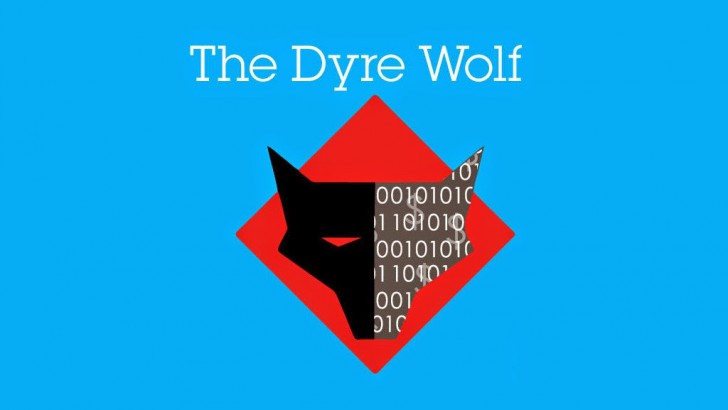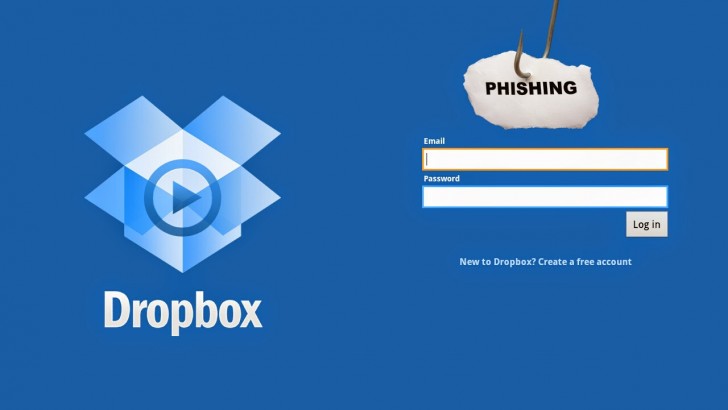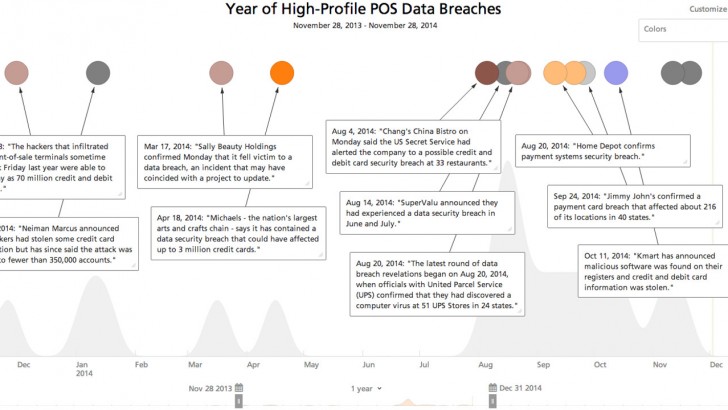Koler ransomware new version spread via SMS Koler.A is a form of Android ransomware that was first identified in May 2014. The initial version of the Koler malware would lock a victim’s phone with a message ordering the victim to pay $300 USD ransom to unlock the phone. A new version of Koler has now…
Koler ransomware new version spread via SMS










